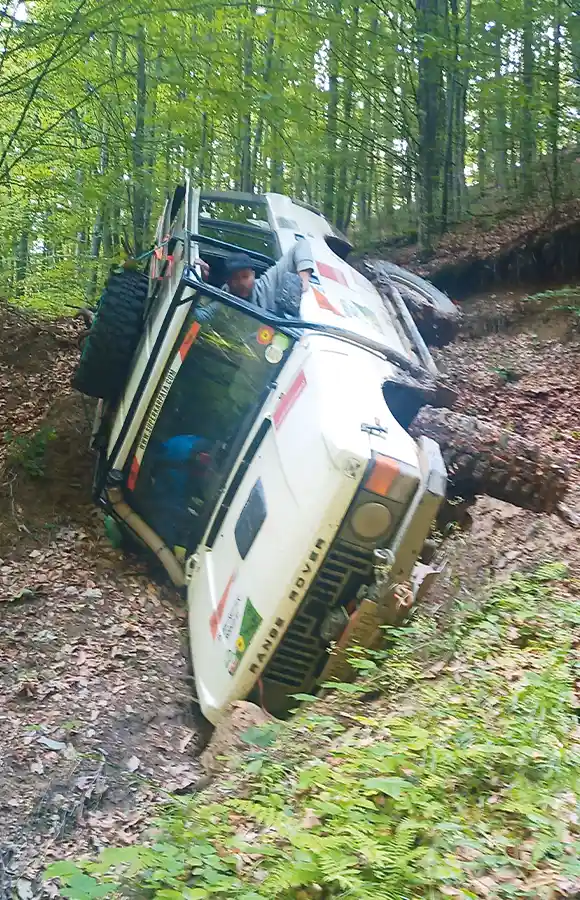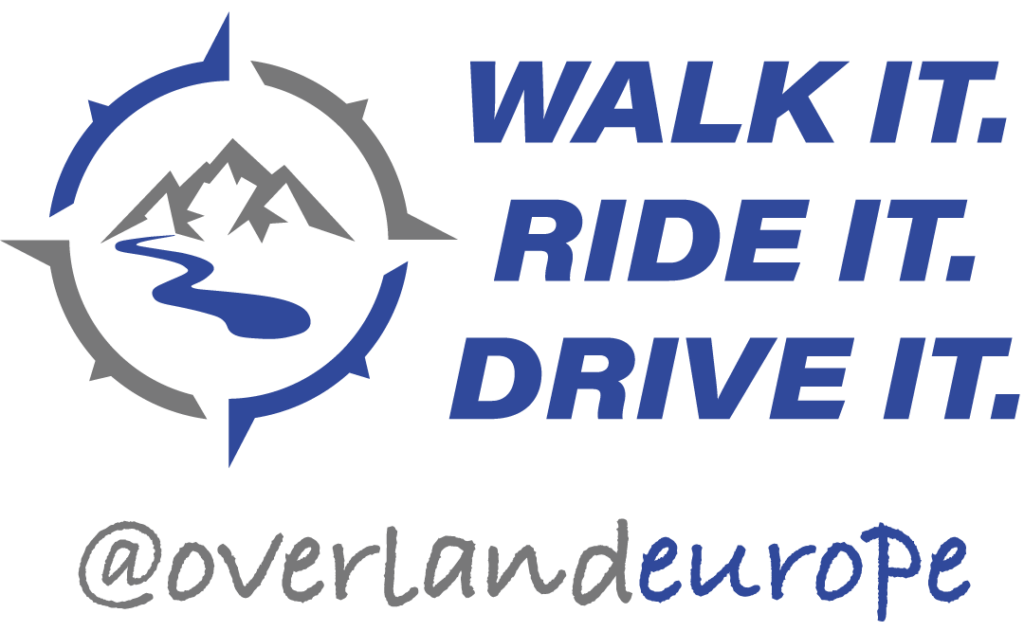“Here are the 7 wonders of the Romanian world: sunny days, hot temperatures, warm hearts, bright minds, colourful imagination, golden fields and delicious food!”
I’ve listened to enthralling stories about Romania for decades. I don’t know why, but this country, rich in cultural and natural assets, has wandered up and down my bucket list as one of the countries I know I want to visit, but never actually seem to get around to. Well, now I’ve done it and my first note to self is simple: I wasn’t there long enough, have to go back.
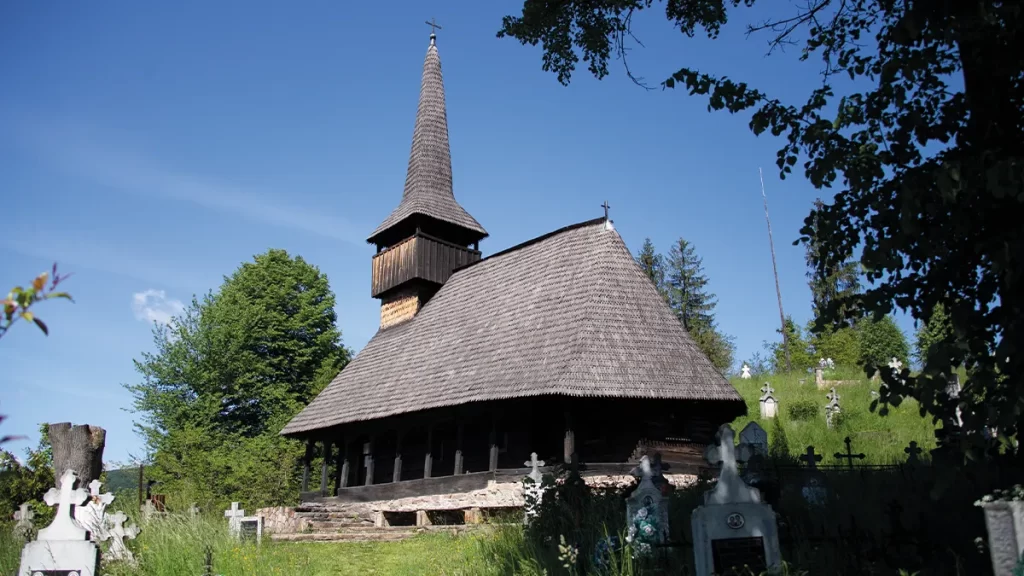
I’m sure you know the feeling that when you go somewhere new and meet nice people, it sticks with you. And let’s face it, as long as you don’t misbehave or disrespect someone or something, you’re unlikely to come away thinking anything else. But, Romanians have a particular trait that is omnipresent. A trait that has so many definitions: friendly, warmhearted, fun, generous, open, helpful, sincere, communicative. But they are by no means overbearing. Quite the contrary. If you want to be left alone, fine. Demonstrate any kind of interest or try to start a conversation, and you may as well be a sibling. They will go out of their way (literally) to help you and make you feel welcome.
I was travelling with my son, Tristan, and a good friend, Stefan. Our sights were set upon some remote areas in the Carpathian Mountains—we were here to follow the SuperKarpata Trophy. So, the content of this article is focussed more toward nature and adventure travel than it is a cultural experience or history. I will cover those aspects on a separate occasion.
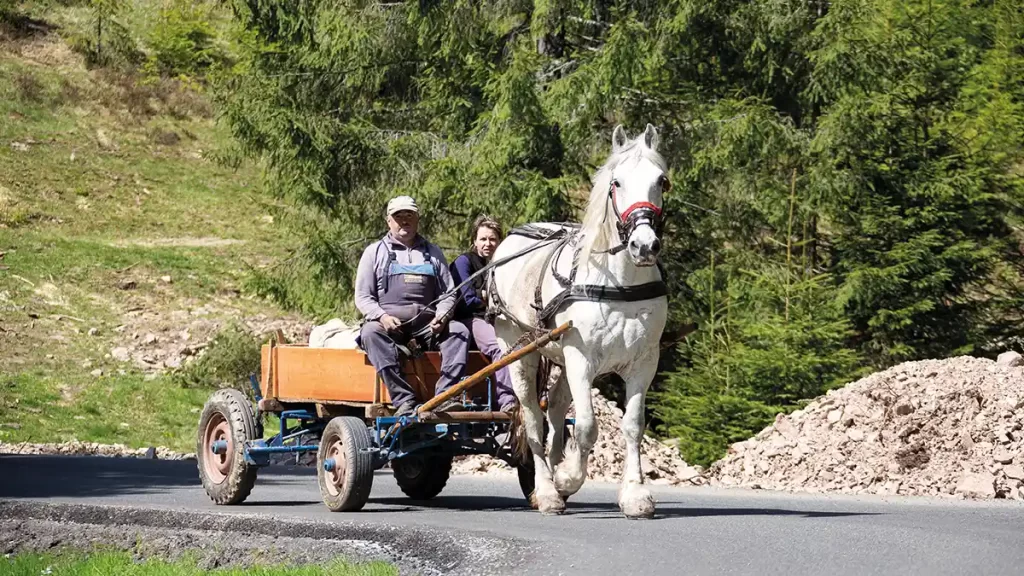
Romania spans 238,397 square kilometres and has a population of 19.3 million. Outside of Bucharest, the capital, where the population density is close to 200 per km2, the rural population hardly exceeds 87 per km2. Our destination would reveal itself as virtually devoid of any life forms at all other than the teams that were navigating their way through the wilderness and the occasional bears and wolves.
The countryside is divided almost equally between mountains, hills and plains. Geographically, the country would be landlocked were it not for the 150 miles of coastline along the Black Sea to the Southeast—Romania is bordered by Bulgaria in the South, Serbia to the West, Hungary to the Northwest, Ukraine to the North and very Southeast, and Moldova in the East.
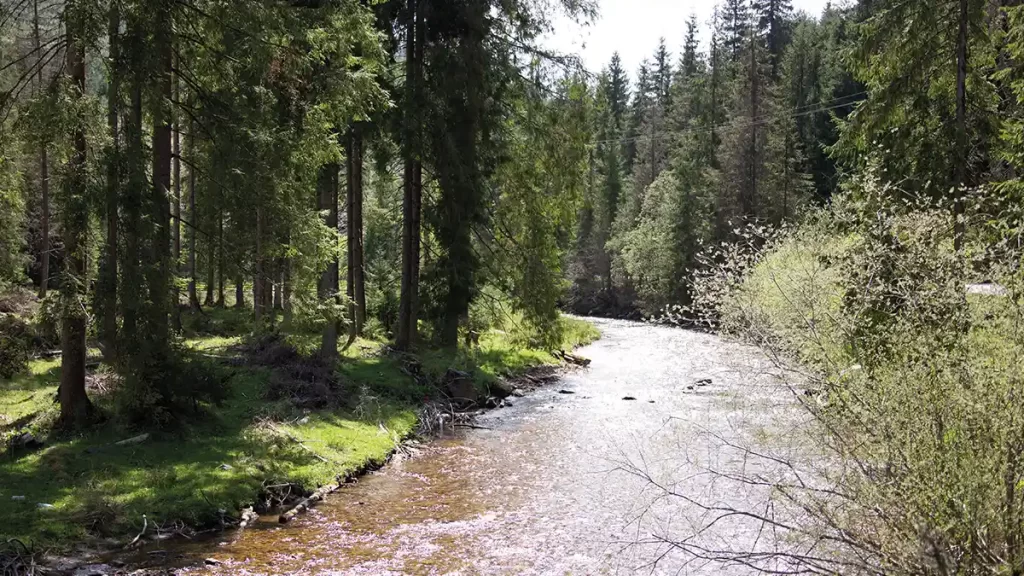
The Carpathian Mountains are neither as high as the Alps, nor do they extend as far. Arch-shaped, the mountains are approximately 600 km long and broken into three significant ranges which present themselves with varying landscapes due to different geological influences (glacial, structural, karstic, and volcanic): the Eastern (Oriental) Carpathians, the Western Carpathians and the Southern Carpathians. The latter, also known as the Transylvanian Alps, are home to several preserved medieval towns, and many beautiful churches and castles, including Bran Castle which has close ties to the legend of Dracula. Interestingly, some of Europe’s largest gold deposits can be found in the Apuseni Mountains which also form part of the Southern Carpathians.
As far as flora and fauna are concerned, 1,350 floral species have been recorded in the Carpathian Mountains. This area is also home to one of the largest undisturbed forests in Europe where 400 unique species of mammals and 60% of the European brown bear population live.
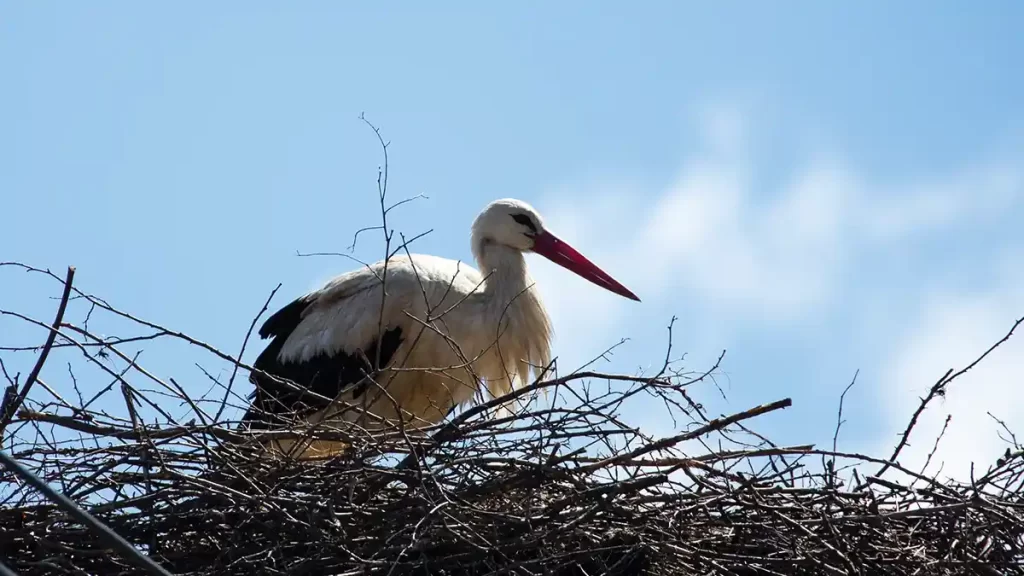
Most rivers in Romania have their source in the Carpathians and include the Arges, Ialomita, Mures, Olt, Prut, Siret and Somes. The upper streams are often more picturesque with caves, gorges and precipices. The Danube, Europe’s second longest river, forms part of Romania’s borders with Serbia, Bulgaria and Ukraine in the Southeast where it divides into three branches, Chilia, Sulina and St. George, to form the triangular Danube Delta which comprises sandbanks, marshes and floating reed islands. The Danube Delta is a UNESCO Biosphere Reservation and protected wetland serving as a natural habitat for rare plants and animals.
Besides it’s rivers, Romania is littered with some 3,500 small to medium-sized lakes. Whereas the largest are located close to the Black Sea or along the Danube, the smaller glacial lakes in the mountains which were formed during the ice age are more spectacular. It is certainly worth visiting lakes Zanoaga (the deepest in the country) and Bucura in the Retezat mountain range as well as lakes Balea, Caltun, Capra and Podragu in the Transylvanian Alps.
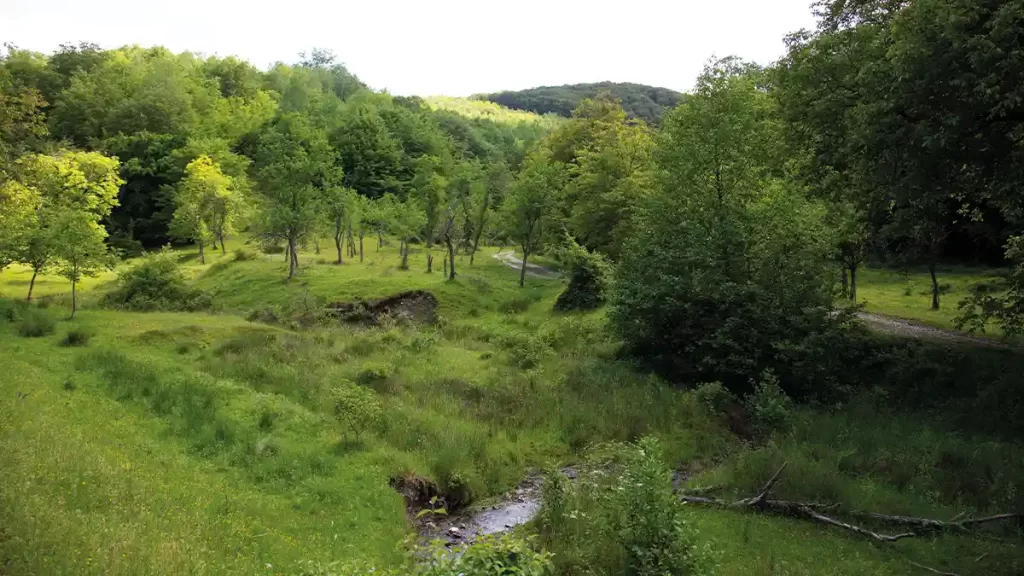
The lake of particular natural beauty is St. Ana, near Tusnad. This is the sole volcanic lake in the country, formed by a perfect crater surrounded by tall coniferous forests. Fed solely by rain, the water is exceptionally pure.
The last noteworthy lake, Lacul Rosu (the Red lake), near Bicaz Gorge in the Hasmas Mountains, is a natural dam formed by a major landslide in 1837. Its name is derived from the reddish alluvial soils deposited by its main tributary, the Bicaz.
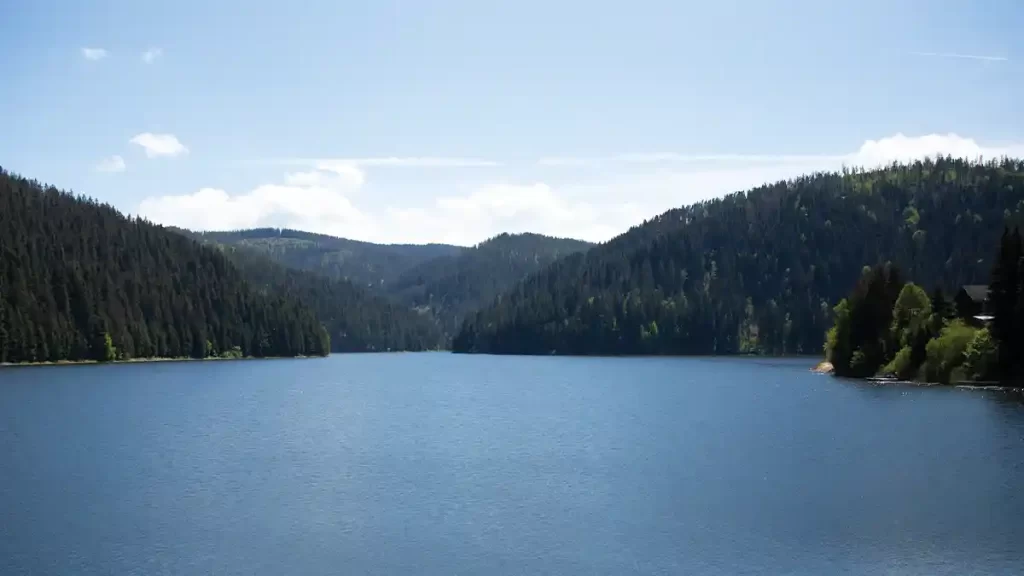
Romania is a spectacular country in so many ways, but when it comes to overlanding in Europe, the expanse of the Carpathian Mountains with its changing landscapes and accessibility is a destination to consider for more than just a few weeks.
In closing, I’d like to explain the hospitality we encountered during our stay with a few anecdotes. The first springs to mind because of an untypical situation: It all began a year previously when I lost my wash bag. In one guise or another, it had accompanied me for decades, its contents evolving steadily into a unique completeness that left me prepared for most eventualities (whether that meant daily hygiene, medical supplies or other useful nicknacks). The sum of its components was more than I can remember, even today—items that you only know you’re missing when you need them most. Well, in this particular scenario a seam had split and needed repairing. True to Murphy’s law, the mini-sewing kit I always have with me revealed itself with untimely absence.
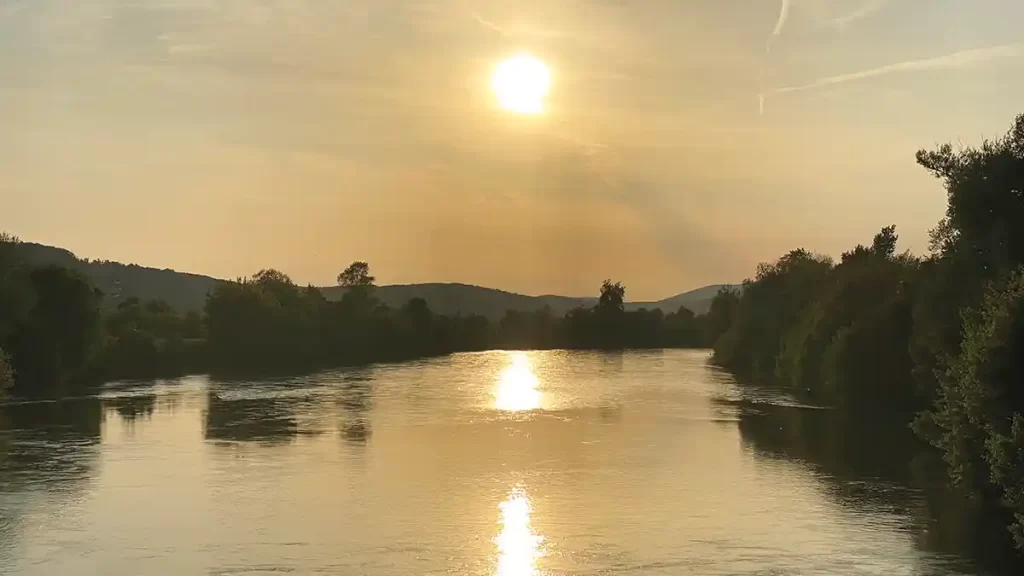
A visit to a supermarket in a small town proved fruitless, but I did receive instructions, from someone who spoke German, and sought a nearby clothes shop. Silenced by my complete lack of Romanian vocabulary, I resorted to pantomime to explain my needs to the proprietor and a few interested standers-by. A shaking of heads echoed by a waving of fingers was my second let-down until a man gesticulated and gave me cause to believe he had a resolve. Leading me off the premises with invisible reins, we walked for about 500 metres along a busy road until we stopped in front of a hole-in-the-wall I would surely have missed even if I knew what I was looking for. Entering the narrow room, my guide struck up a conversation with the only other person in the room. A drawer opened, small flat packages and spools of different sizes were displayed upon the counter top.
Minutes later, I paid four Lei (or about €0.80) and held a small paper bag with needles and thread.
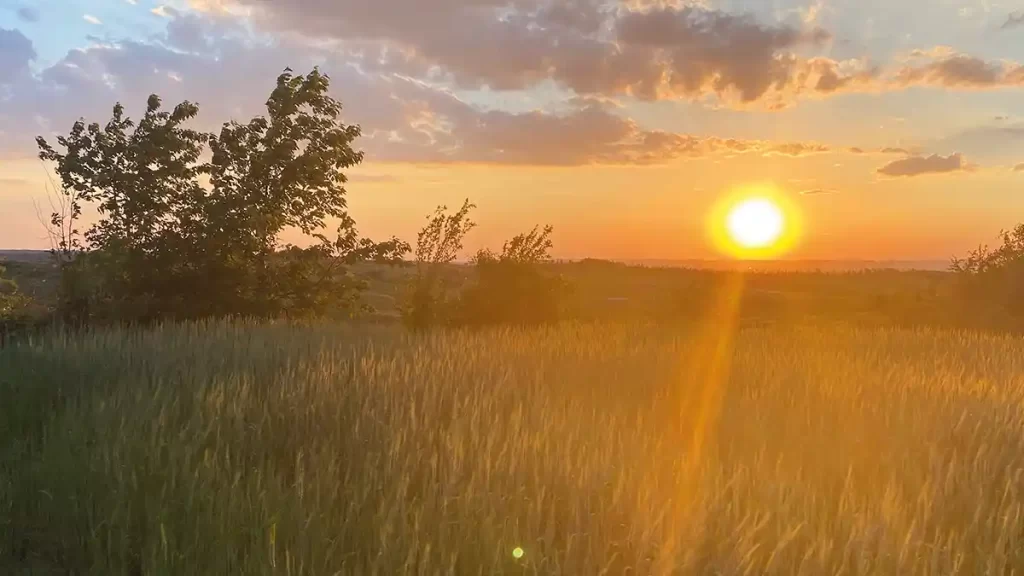
My guide’s face broke into a broad grin which spread to his eyes. He seemed even more relieved than I that we had found what we were looking for. Upon leaving, he turned to me and took my hand in both of his and shook it whilst nodding and saying something I sadly did not understand. And then he was gone.
The second example of boundless generosity came completely out of the blue. We had been looking for a place to camp for the night and were in the throes of deciding whether or not to stay in a field on some high ground with an endless view across rolling hills. I heard a car pull up behind me, but didn’t pay it any particular attention until the sound of feet came closer and a man, speaking impeccable English with a London accent, enquired if he could help. He explained someone had called him to say there were people who looked as if they were about to camp on his property.
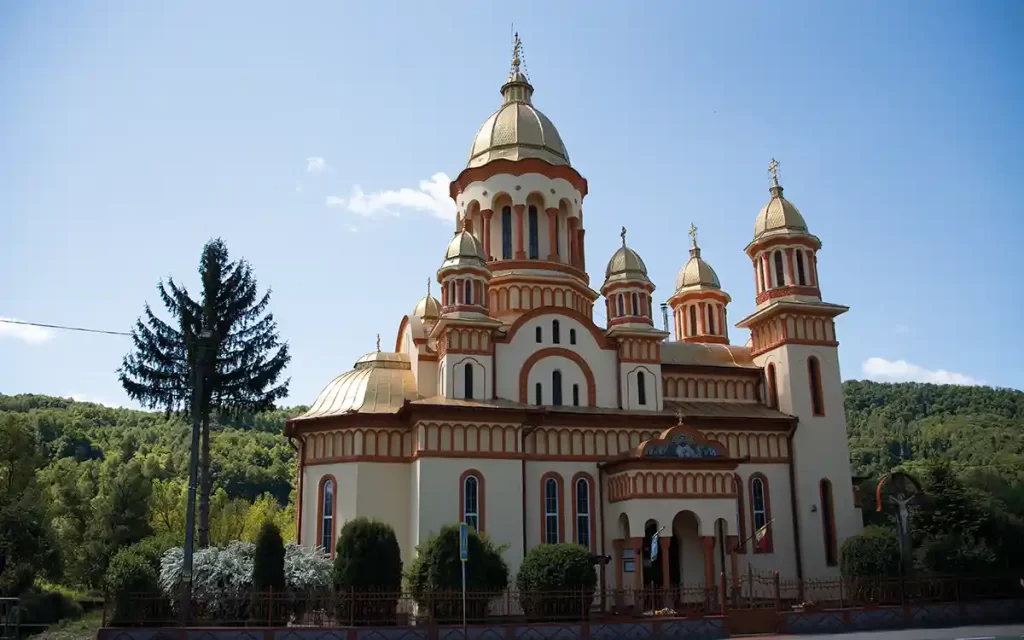
I began to apologise for trespassing when he cut me short. Whether we stayed or not was neither here nor there. Octavian, as he introduced himself, was far more concerned about a possible weather front that might blow or wash us away during the night. We were welcome to stay, but in the light of an ensuing storm, he proposed we follow him to his cabin where we could spend the night more protected. It was only a few kilometres away. I wasn’t about to be rude by declining his offer, so we packed everything in the van and followed him.
Winding roads, that narrowed to tracks (barely wider than the van) the deeper we drove into a dense forest, eventually led us to a gate in a cul-de-sac. We drove through and up to his cabin…which revealed itself as a six-bedroom house with a large garden and red timber annex furnished with a heavy wooden table and enough chairs for a sizeable family and friends. Inside, we were given a quick tour and shown the pantry where smoked meats and sausages hung from the ceiling. “Help yourselves to whatever you want”, he said, as he thrust the front door key into my hand and prepared to leave.
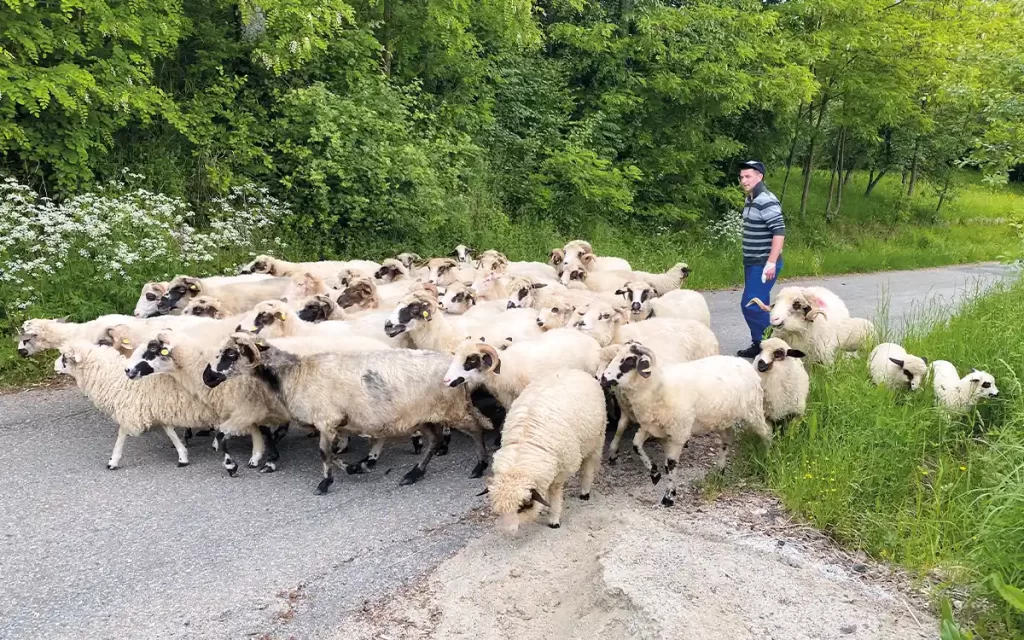
I asked if he wasn’t staying. “Oh no, I have to get back to my wife and kids so we can have dinner before they go to bed. Make yourselves comfortable and hide the key when you leave in the morning.” I was dumbfounded. Octavian didn’t know me from Adam, yet, after only a few minutes of conversation, he was prepared to offer three strangers shelter from the storm in his house and leave us alone with a pantry full of traditional victuals.
We swapped phone numbers and I learned he owned a construction company in London where he spent two weeks every month to make sure his crew had enough work and that his customers were happy.
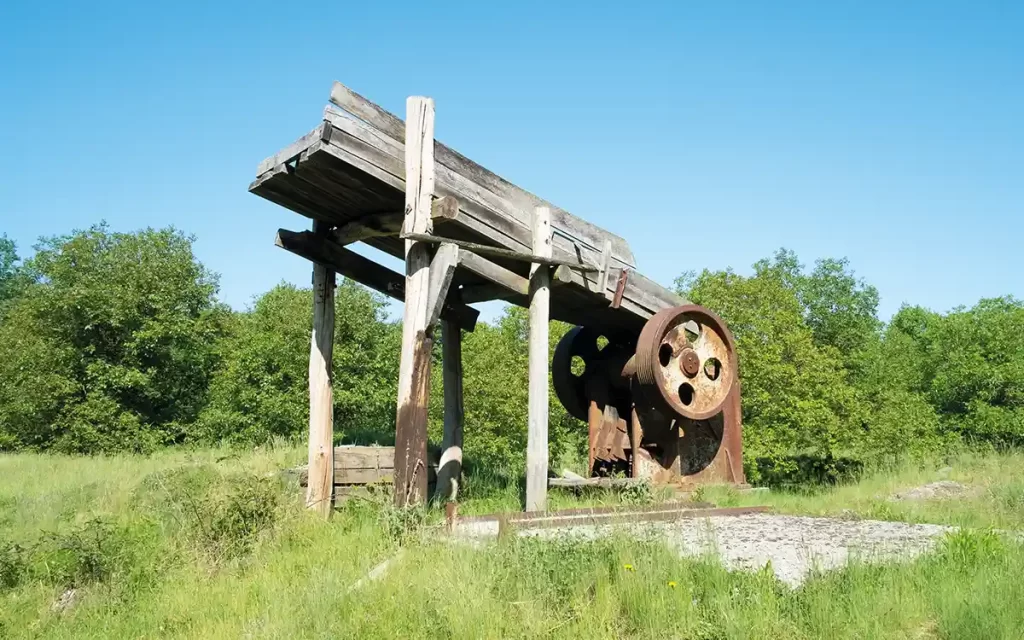
That was it. Blind faith, or just a huge heart? Either way, another example of the kind of almost limitless generosity and hospitality we experienced over and over again.
TRAVEL TIPS
The language is Romanian. Some people have an understanding of English, German, French or Italian.
Romania joined the EU on January 1st, 2007—but is not yet a member of the Schengen Zone. Citizens of EU member states require a valid passport or national identity card. All overseas/non-EU visitors require a valid passport and should check online if a visa is required: www.e-visa.mae.ro
MEDICAL
Health insurance is recommended. Hospitals do not share the same standards as commonly found in Europe. It is therefore wise to carry a comprehensive emergency medical kit. In the case of a serious illness or injury, it is advisable to travel back home if possible and supplementary insurance cover for such an occasion has proven worthwhile. No vaccinations are required upon entry. However, if you are planning to stay longer than a few days, vaccinations against rabies (stray dogs) and hepatitis B are recommended.
VEHICLE
Besides the vehicle documents (proof of ownership), you must also carry a valid insurance green card (also for a trailer where applicable). All passenger cars, motorhomes and commercial vehicles must buy an e-vignette when travelling in Romania. At the time of writing, motorcycles were exempt, please check for any changes before entering the country. The e-vignette can be purchased online here: https://digitale-vignette-ro.online/
DRIVING
Diesel and petrol are readily available, however it is wise to carry a spare canister if you are considering exploring remote areas. Speed restrictions in urban areas are 50 km/h, on rural roads 90 km/h, on motorways 130 km/h. Seatbelts are compulsory and daylights must be used on rural roads and motorways. Drinking and driving is forbidden, 0.00 mg/l applies. When driving at night, you should anticipate confronting vehicles without lights, slow moving vehicles, and even horse drawn carts/carriages.
DOCUMENTS
Documentation requirements concerning travel with domestic (non-commercial) dogs, cats, and ferrets: proof of rabies vaccinations, official pet health certificate, microchip implantation. Further information can be found here: www.pettravel.com/immigration/romania.cfm
CURRENCY
1 Leu (RON) = approx. €0.20. There is a large network of ATMs that accept standard international credit and debit cards but you may incur a fee. Mastercard and Visa credit cards are widely accepted by many businesses.
CLIMATE
Romania has a temperate climate with four distinct seasons. Regionally, the weather can differ quite significantly but, generally, summers can be hot and winters can be cold – especially at higher altitudes. You can expect snowfall between mid-December and March.
CAMPING
Officially, wild camping is not permitted. However, it is often tolerated. Common sense applies and the principles of Leave No Trace should be adhered to. If you are asked to move on, do so politely and take all your belongings, garbage, etc., with you.
A LOOK BACK AT THE SUPERKARPATA TROPHY 2022
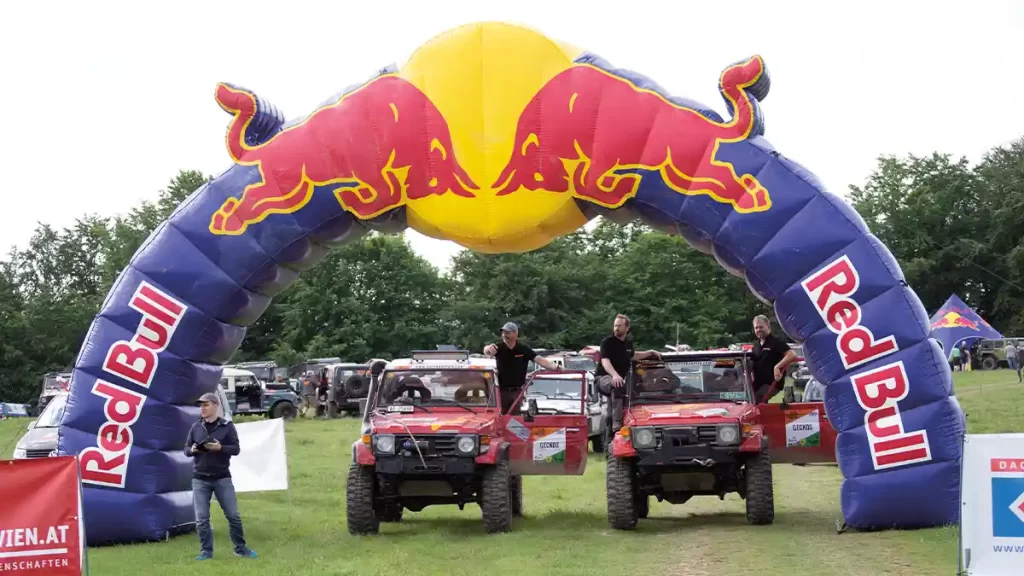
I recently read Cape Cold to Cape Hot by Richard Pape. He documents his 1955 adventure from the Nordkap to Cape Town which he completed in, of all cars, an Austin A90 (a British manufactured family saloon). He knew the journey’s beginning and its end. What lay in between was, to a certain extent at least, unknown. Even so, he overcame some remarkable challenges, against serious odds, before his triumphant arrival in Cape Town which also established a new world record. Compared to travelling in the 21st century, Pape’s journey represents modern overlanding in its infancy. Today, it is quite difficult to find a new overlanding challenge of similar dimensions. Even the glory days of the Camel Trophy, which were held between 1980 and 2000, have been relegated to the annals of history. But the almost forgotten spirit of endurance vehicle-supported adventure is by no means dead
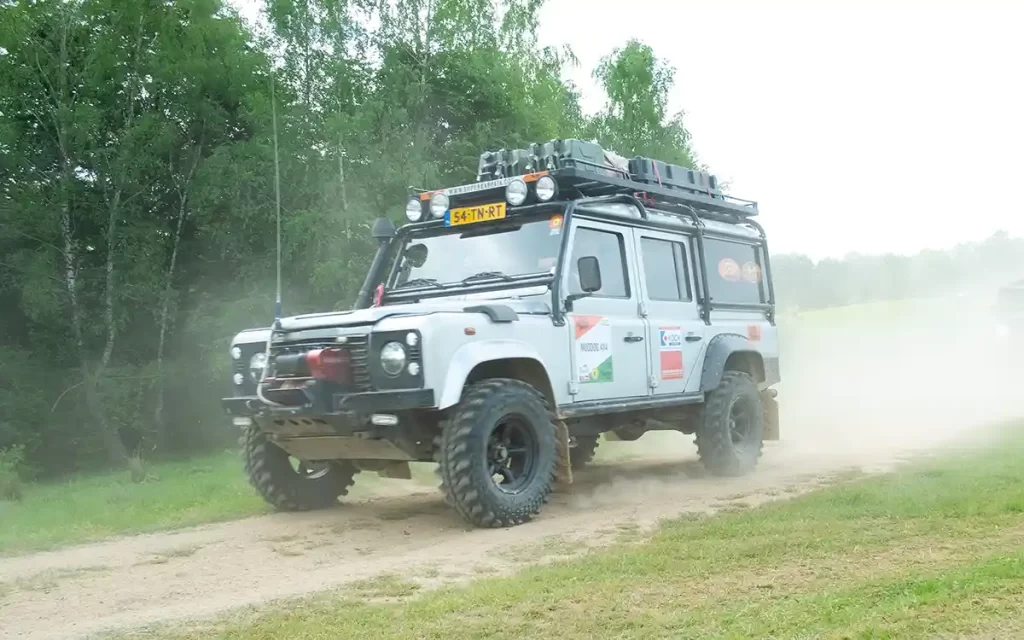
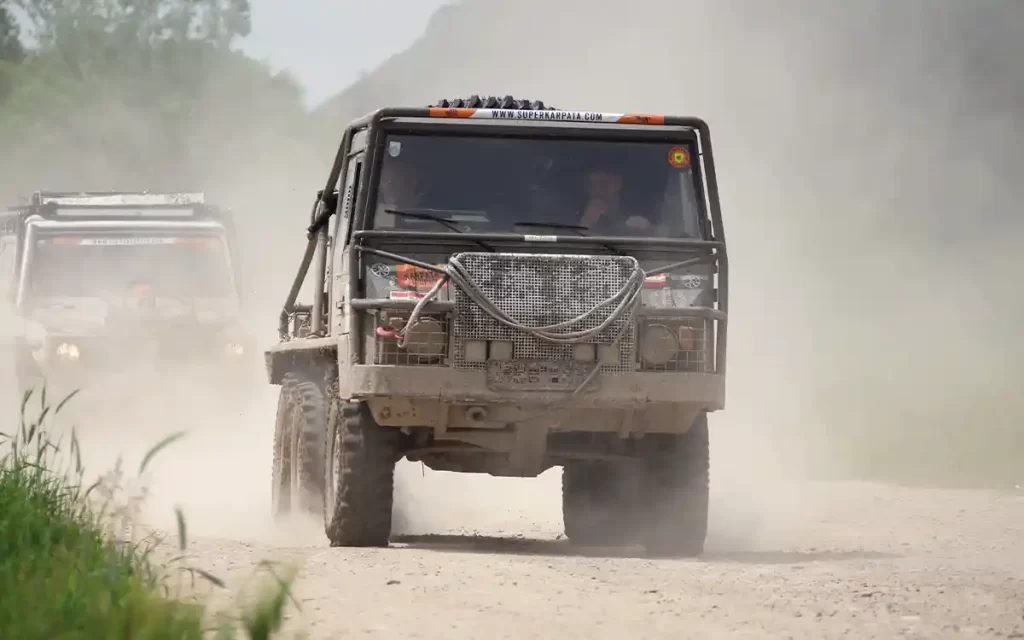
Nearly 70 years after Pape’s inspiring journey and more than two decades since the last Camel Trophy, the SuperKarpata Trophy embodies and upholds the spirit of expedition adventure in its true sense…2022 saw the 16th Trophy after an involuntary three-year interlude.
Since its premiere in 2004, the SuperKarpata Trophy has gone from strength to strength and the 2022 event was by far the largest: 87 vehicles divided into 41 teams from 9 countries. As far as brands are concerned, the line was pretty much in keeping with what you would anticipate: Suzuki Jimny, Mercedes/Puch G, Isuzu, Land Rover, Jeep, Toyota, Nissan, Mitsubishi and Pinzgauer. The organisers are lenient in their approach to vehicle requirements: keep it below 7.5 tons and equip it with a roll cage and winch. As far as the drivers and passengers are concerned, if you want a chance of ranking successfully, your skill set should include navigation, off-road driving experience, mechanical competence, and a healthy portion of team spirit.
Festivities began with a kick-off party at the Hellsklamm Offroadpark just outside of Vienna, Austria, where each team was given the opportunity to introduce themselves on stage. Upon arrival, each vehicle was given its start number and fitted with a tracker so that the organisers were aware of everyone’s location and precise route at any time.
The following morning, all the contenders took a nine-hour drive through Austria and Hungary to reach the start location in Romania where a welcome committee was waiting with a traditional Romanian goulash, beer and some local schnapps.
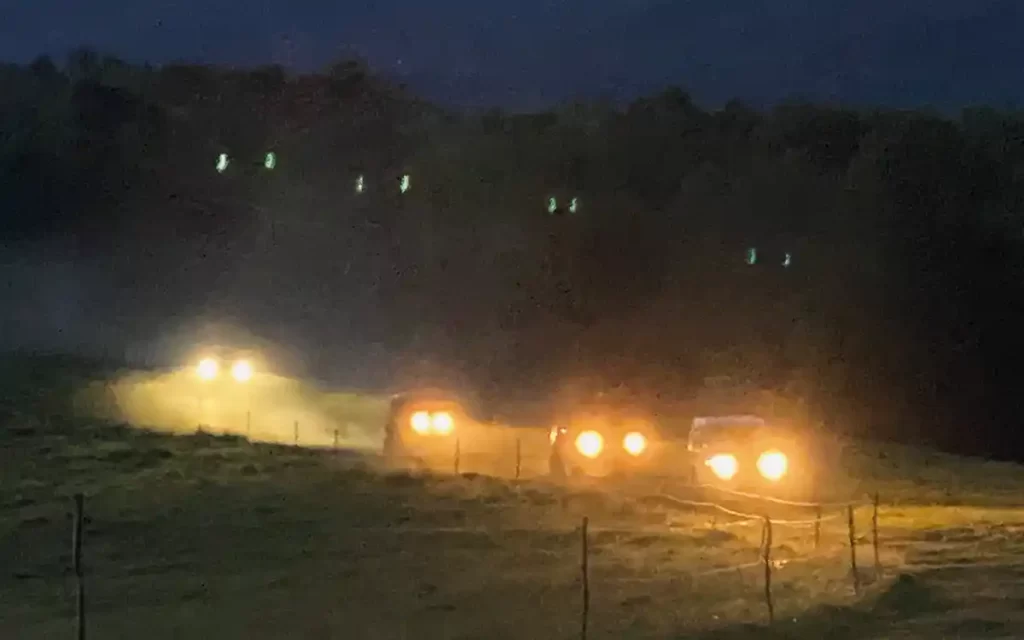
After what could possibly be the last good night’s sleep for a few days, the organisers called a meeting. Rules and regulations were discussed for a last time, bags of donated goods were collected from every team (in support of people in need in Ukraine), and loaves of bread were distributed to each car. At a set time, all relevant coordinates for the first stage, including the borders of the corridor which is tucked deep in the forests of the Carpathian Mountains and encompasses no less than four thousand square kilometres (yes, 4,000 km2!), were released for each team to download. True to the event’s hashtag #findyourowntrack, there is no road book. It’s down to each team to call upon whatever maps they prefer and to plan what they feel is an achievable route. Then they were off.
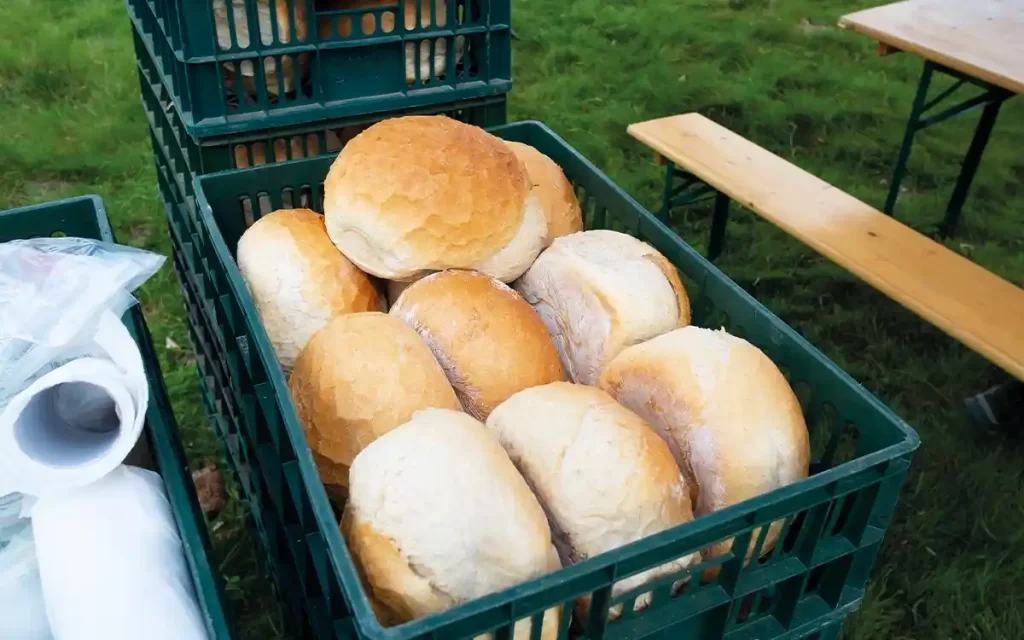
At the midway point, everyone met at a hotel for a meal, hot showers, and an opportunity to make good any damage to the vehicles incurred en route. However, a challenge such as the SuperKarpata Trophy will more often than not call upon the competitors’ ability to perform field repairs and practice salvage skills. Intimate knowledge of your vehicle, carrying the parts you know are most likely to fail (and being able to perform creative repairs when something unexpected breaks) are a challenge in its own right—after all, managing the on-board weight is critical for some of the precarious passages the teams had to navigate.
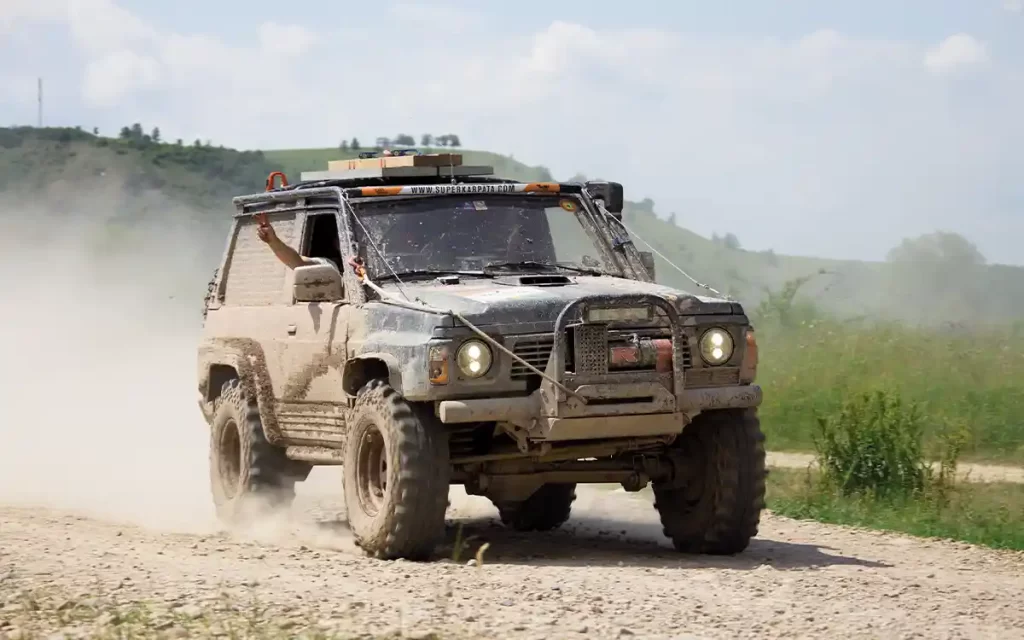
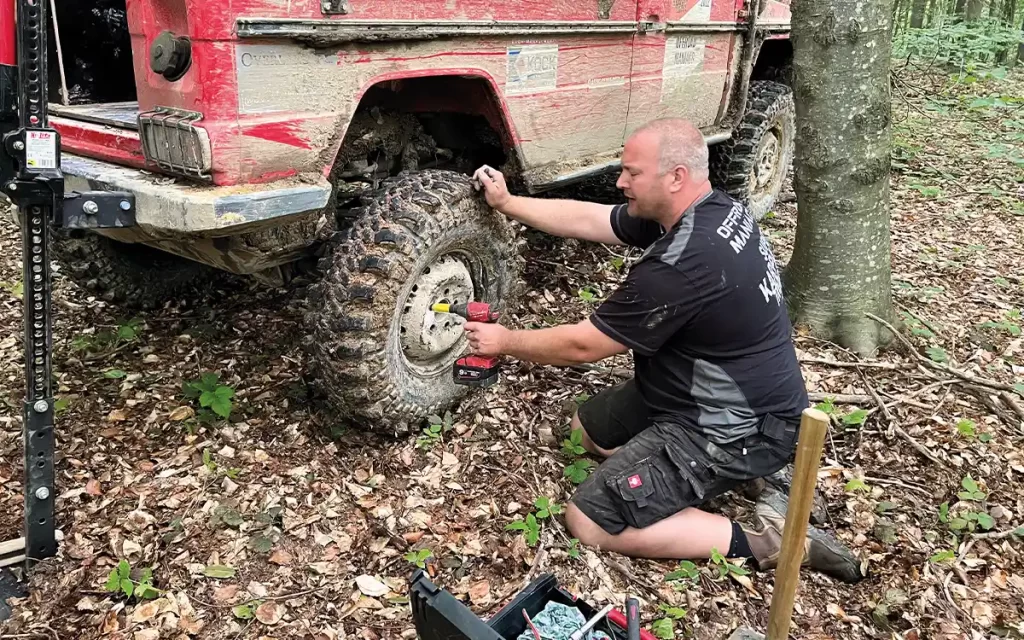
If the geographic extremes of mountains and forests aren’t enough, Zeus also wanted a say in how difficult things could get. Largely the weather this year was favourable, but a violent storm ensured that the ground would be more glutenous around the midway mark.
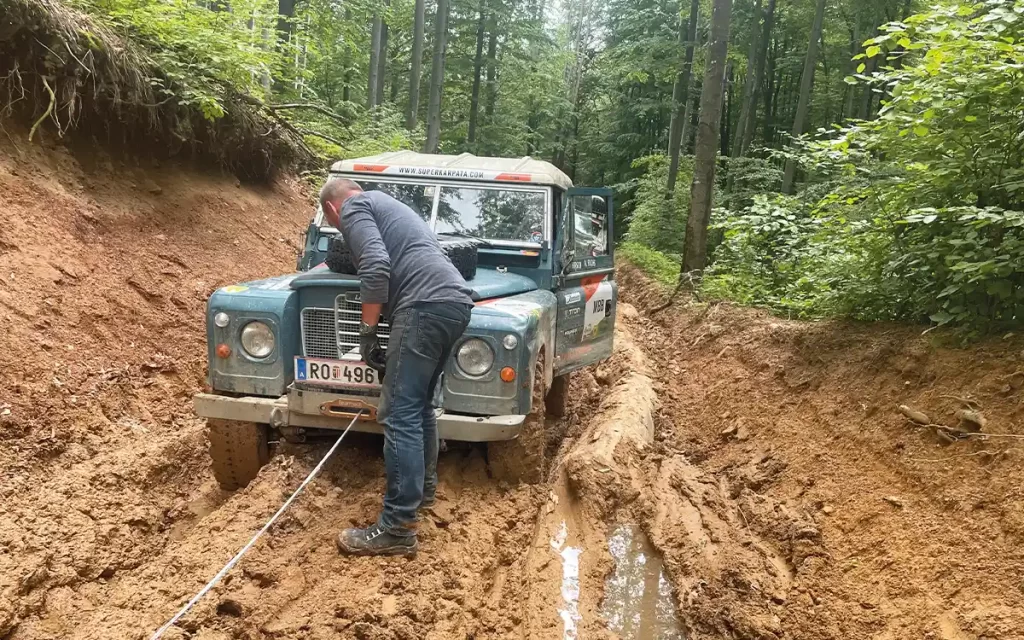
After several more days away from civilisation and crossing the finishing line, everyone congregated at the Ramada Hotel in Oradea for the final festivities and award ceremony. Vehicles could be cleaned at a nearby service station and the hotel carpark turned into a unique display of battle-scarred 4x4s.
Georg Müller-Hartburg, supported by his family and enthusiastic crew, has created an event he describes in his own words as follows: “The SuperKarpata Trophy is a one-of-a-kind concept not to be found anywhere else in the world. One of the last expedition adventures in Europe.
Off-road driving in its most authentic and primal form, an expedition into unknown terrain. #findyourowntrack”
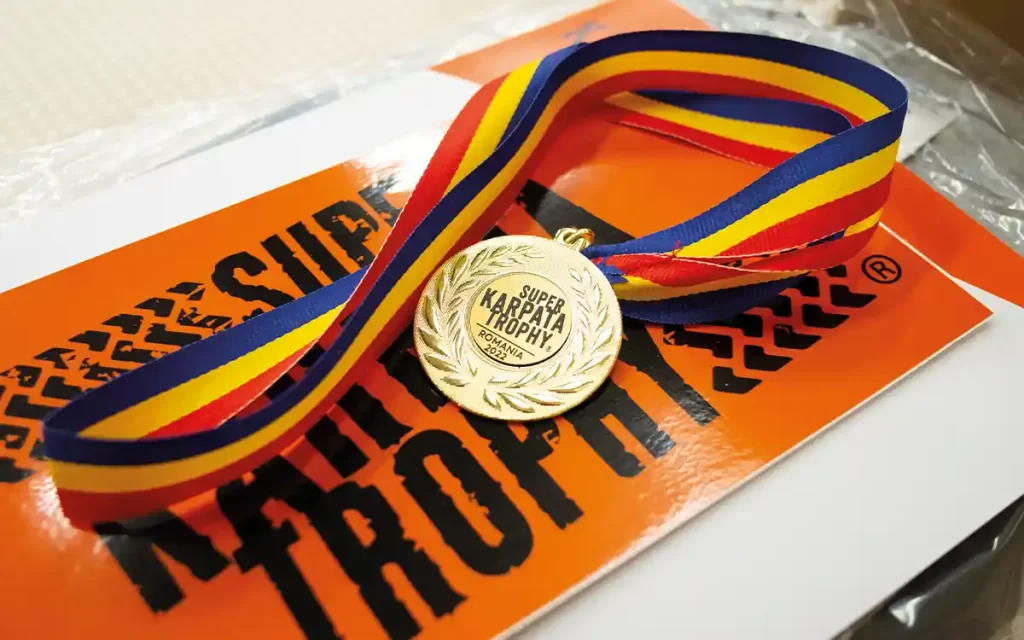
Upholding the concept after 16 years is no mean feat. The popularity of each event and the spirit of adventure and camaraderie exuding from every competitor (many of whom come back year after year), is tribute to the countless hours of effort the organisers put in to make each new Trophy more challenging, more exciting, and different to anything in the past.
